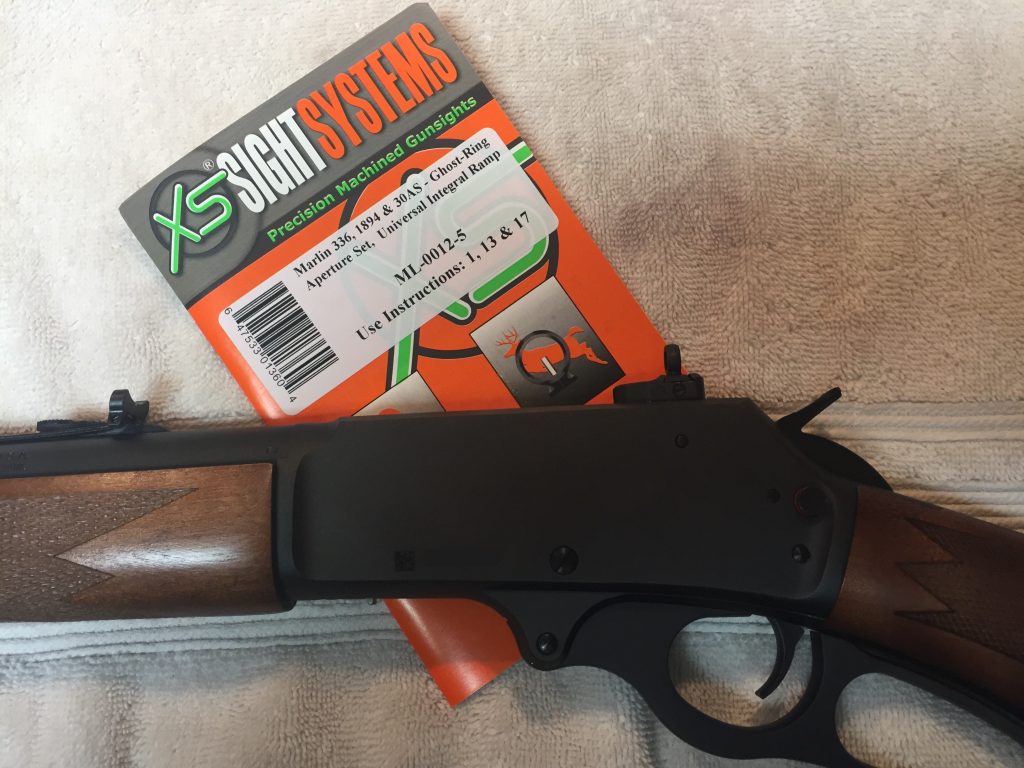My first interest in tactical “cowboy guns” came in the early 90s when I read and re-read a weapons column in Soldier of Fortune magazine focused on the utility and possibility of using Marlin 336 and 1895 rifles as “tactical rifles” for patrol officers. I believe the general idea was that the rifle would be more effective at intermediate range, more likely to defeat vehicle-based barricades, and also create a less scary LE image to Joe Citizen than a military-styled assault rifle.
The article included several cool pictures of the updated/modified lever guns and a few of the LE-model running drills across the roof of his squad car. I was stuck by the use of an “old gun” in a modern context and how the older designs could still be relevant.
This started me off on a life-long interest in cowboy guns and their tactical use.
Actually, that’s not completely true. I think the flame was probably lit a few years earlier . . . .
When Young Guns came out in 1988, myself and my neighborhood gang of runaround pals were the perfect age to sop it all up. It was a classic tale of injustice, awesome gun play, cool characters, and those incredible “cowboy” pistols and rifles. It was a group of young toughs – so were we! I was Billy the Kid, this friend was Josiah ‘Doc’ Scurlock, another friend was the knifesmith Chavez, another was Dick Brewer (minus the grievous head shot), and so on. Hell, we even had a “Dirty Steve” in the group. Now of course with age and maturity I realize I am probably closer to Brushy Bill Roberts than Billy the Kid, but for an impressionable young weapons enthusiast, the die was cast.
Anyway, onto the build . . .
Having a life-long interest in lever-action rifles primarily centered around Winchester Model 1894’s, I found any modifications – adding a light source, etc – dealt primarily with modifications made to the stocks. However, spend any time in the various forums online and one will soon realize that the Marlin 336/1895 is a much easier platform to start from.
So for this, we’ll start with an unmolested factory Marlin 336Y. Ostensibly, the “Y” designation means “youth model,” but this is Marlin’s closest factory equivalent to the Winchester “Trapper” model 1894, which features a shorter (though still legal at 16″ and some change) barrel. I am guessing this affectation probably came from the idea that a grizzled old cowboy tending the trap line would want a shorter rifle?
Step 1 – Updated Ghost Ring Sights
 Fig 1 – In the above, you can see the XS rear sight attached, with the factory rear site still in place. This will be removed as well and can be either replaced with a dove tail filler, sight slot blank, or in our case . . . a scout scope rail.
Fig 1 – In the above, you can see the XS rear sight attached, with the factory rear site still in place. This will be removed as well and can be either replaced with a dove tail filler, sight slot blank, or in our case . . . a scout scope rail.
I took the factory sights off of the rifle and replaced them with some XS Sight Ghost Ring sights. At around $90 US, they aren’t cheap, but definitely look more substantial then a lot of the competitive products.
Will update with results from the range, ASAP . . .
To be continued. . . .
